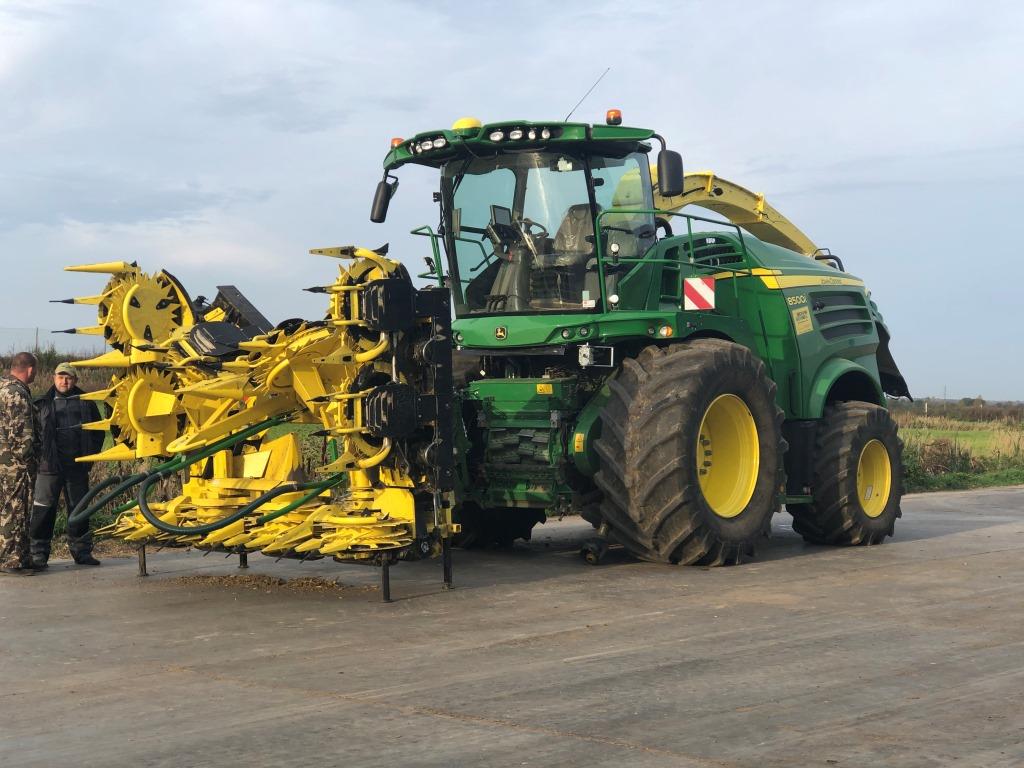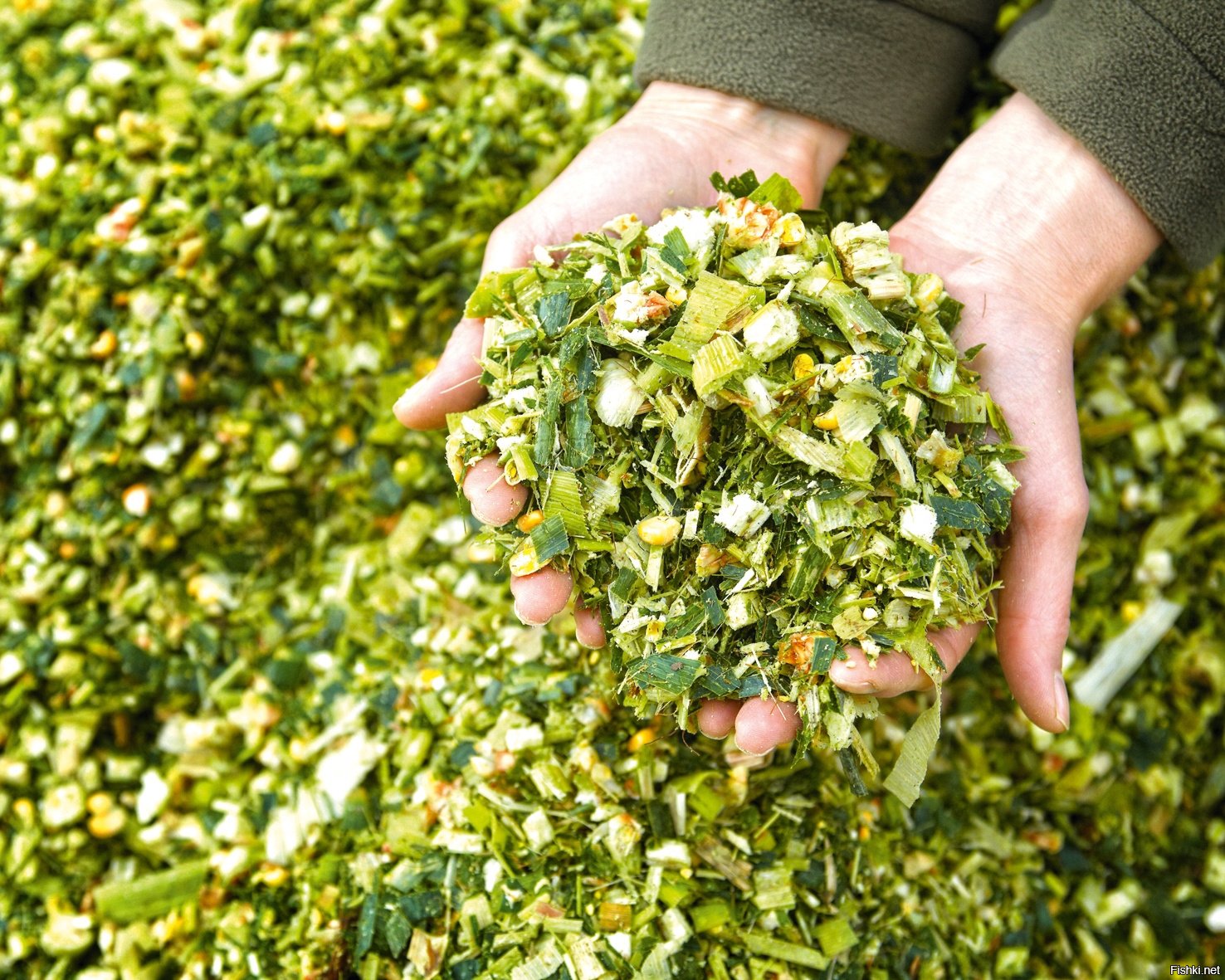Key to perfect feed
26 August 2021 News from the Company
Preserving the nutritive value of forages and boosting milk yields and profits are targets for any dairy farmer. Ekotechnika specialists now can offer global solutions for achieving maximum milk production throughout lactation.

Maize silage is an essential ingredient in a cow diet delivering energy to live and grow. Its quality is defined by proper silage management from harvest to feed. As first step, it is crucial to choose the right combine. So, when it comes to fodder harvesting, the Krasny Mayak farm in the Yaroslavl region relies on the John Deere 8500i self-propelled forage harvester.
'Our farmland is 10,000 ha’, says Vasiliy Finogeyev, Krasny Mayak Manager. ‘Annually, we put up around 40,000 tons of haylage and 40,000 tons of silage using three combines we had on site. At some point, we realized it was time to improve efficiency. So, we optimized the farm logistics and silage compaction and bought a John Deere 8500i. The machine showed excellent performance and we kept to our harvesting schedule.’
Krasny Mayak ranks second in Yaroslavl oblast for milk production. The total herd is 6,000 head including 2,500 dairy cows. Furthermore, the management is planning to build another dairy farm for 3,600 cows.
‘Today, the daily output of Krasny Mayak is 80 tons’, shares Vasiliy Finogeyev, ‘We have our own retail chain, and the quality of the products on our customers’ tables starts with the feed quality on the farm. So, providing our animals with quality feed is the priority.’
What makes a perfect feed quality? – Numerous factors: grain maturity, moisture, cutting length, starch and fiber content etc. Kostroma branch of Ekotechnika cooperates with YARVET laboratory to analyze the nutritive value of feed and the particle size.
‘Maize silage is widely used in cow diets today’, explains Maksim Belokurov, YARVET Lab Manager. ‘Its share in the total ration is over 40%. The first parameter that affects milk production is starch content. While for southern regions the standard value is 40%, for our region it is 25-30%.’
Good silage kernel processing ensures proper starch absorption as the kernels are well digested and do not pass out of the cow in the manure. Already in 2005, U.S. specialists developed the so-called "Kernel Processing Score (KPS)", with the help of which the degree of comminution of the grain in the silo can be assessed.
‘We were the first laboratory in Yaroslavl oblast to offer a KPS test’, continues Maksim Belokurov. ‘It determines how well your kernel processor is doing its job. Kernel processing improves starch digestibility of maize silage by breaking the maize kernel into smaller pieces. If kernels in silage are not sufficiently processed, then it’s a waste of money.’

Research shows that the target kernel processing score (KPS) when the crop is harvested should be at least 60%, which means that 60% of kernels passes through a 4.75-mm sieve. Unfortunately, as little as 20% of samples analyzed in the laboratory in 2020 met the requirement.
‘We understand how crucial it is to choose a good harvester and adjust the grain processor properly’, says Kiril Tagantsev, Sales Department Manager, Kostroma branch of Ekotechnika. ‘The John Deere 8500i sets new quality standards in kernel processing. It boasts an unrivalled kernel processor. It is perfectly suitable for cutting maize within the length range from 3 to 26 mm – the operational parameter, which can be changed right from the cab. An operator only needs to adjust the inter-roller distance. The settings depend on maize maturity, harvesting conditions and some individual farm requirements.’
Worldwide research has revealed that with the KPS increased by just 1%, starch in manure reduces by 0.15 percentage point leading to additional 330 g of milk per cow. Therefore, if the KPS goes from 40% to 60%, starch in manure drops by 2.25 percentage points and the herd owner gets 740 g more milk per cow. Thus, a thousand-cow farm can earn additional 600,000 rubles a month – a considerable profit everyone can make with the right approach to forage management.